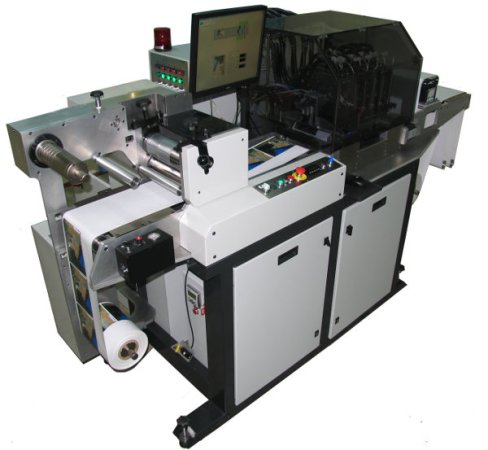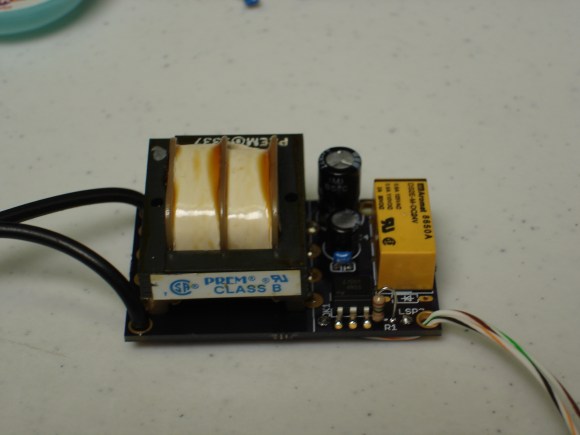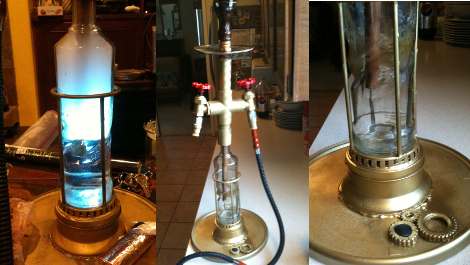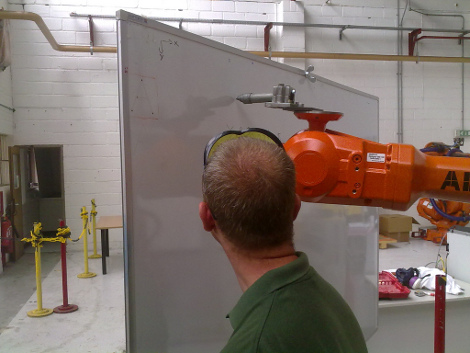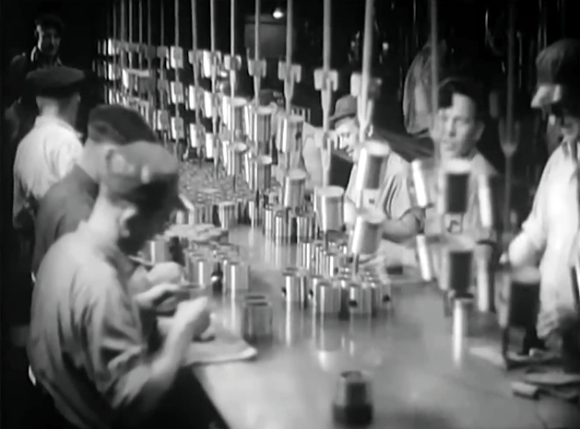
We usually shy away from calling things ‘magic’ in our features because, you know… science. But in the case of this Chevrolet manufacturing reel from 1936 the presentation is nothing short of an industrialized version of The Sorcerer’s Apprentice. Well, not in the sense of mischief, but in that there is almost no explanation and the way the footage is laced together you get the strong feeling that, at the time, this type of industrialization was magic; a modern marvel. The techniques and skills of each worked passed down from a master to an apprentice but virtually unknown to the general public.
The clip, which is also embedded below, starts off in the machine shop where mold makers are getting ready to go into assembly line production. From there it’s off to the foundry for part casting and then into the stamping plant where white-hot (perhaps red-hot, but black and white film) metal is shaped by man-mangling presses. The image above follows the cast, stamped, and machined parts onto the assembly line. We like seeing a room full of pistons being QA checked by hand using a width gauge and micrometer. The film continues through to the finished vehicle and we think you’ll agree there’s more than enough voyeuristic video here to overcome that lack of narration.
Continue reading “Retrotechtacular: The Magic Of Making Cars In The ’30s”

